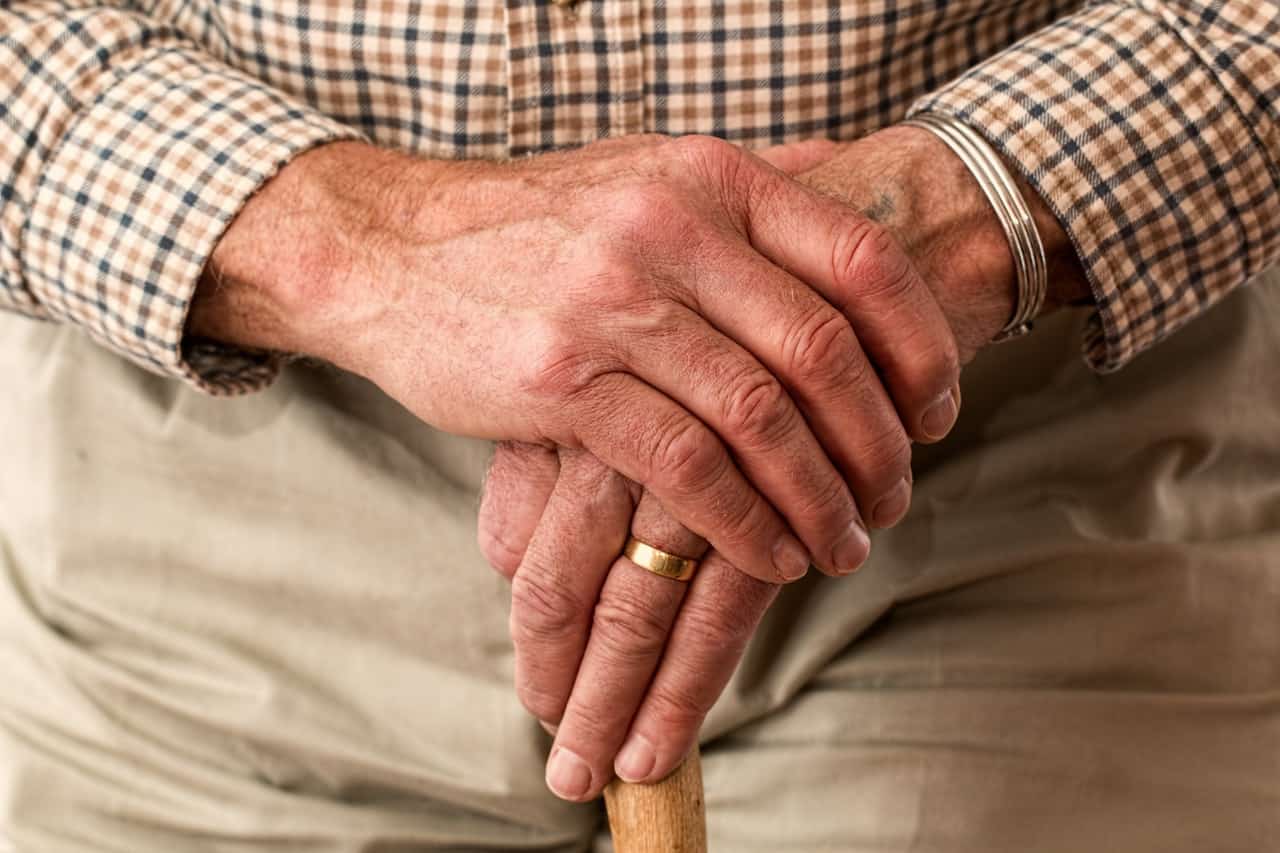

First of all, osteoporosis is a condition of the skeleton that combines a decrease in bone density and changes in its microarchitecture.
According to the WHO, the world health organization, it is one of the 10 most common diseases. This disease affects mainly menopausal women: more than 2.5 million women are affected by osteoporosis.
The loss of bone strength characterizes osteoporosis. In addition, it remains asymptomatic for a long time. The first appearance can be spontaneous fractures without external shock.
Osteoporosis can appear as a result of a disruption of the balance between the cells that build bone and those that destroy it.
For 95% of patients, it is primary osteoporosis: it has no direct cause, however this primary osteoporosis will depend on age, hormonal and calcium metabolism. Because of their reduced bone mass, thin people seem to be affected more often.
The main cause of osteoporosis is a decrease in estrogen concentrations that occurs after menopause.
Secondary osteoporosis, on the other hand, may be favored by certain diseases, such as:
Among the risk factors, we note:
Bone fractures, sources of pain, are a warning because, as we have seen, osteoporosis remains asymptomatic, that is, osteoporosis can appear with a complication: hip or vertebral fracture. Other symptoms in the elderly include:
Osteoporosis is a difficult disease to treat so we look for prevention.
In terms of prevention, it is recommended to:
Exercise, preferably outdoors, because physical activity promotes bone anabolic, its synthesis. For strengthening the bones, tai chi, water gymnastics, and walking are recommended. So, physical activity stimulates the creation of bone mass and will allow the elderly person to train in coordination, balance, and muscle strength.
Treatments promote relief from symptoms and slow their progression. Thus, once the disease is confirmed , prompt treatment should be implemented to prevent bone fractures. Without proper treatment, osteoporosis can lead to prolonged bed rest.
In conclusion, any bone fracture avoided preserves the quality of life of the elderly person. With age, hip fracture accidents increase, 90% of hip fractures occur after 70 years.
As our parents age, our roles and responsibilities within the family naturally undergo a significant…
As we age, maintaining social connections becomes increasingly important for our overall well-being and quality…
Senior dance is a captivating and healthy form of exercise that offers a wide range…
Aging is a natural and inevitable process that brings about changes in our bodies. Our…
Aging is a natural part of life, and maintaining good health and vitality as we…
When the time comes to make decisions about elderly care, finding the right care home…